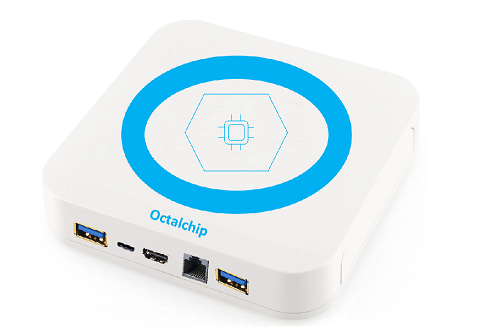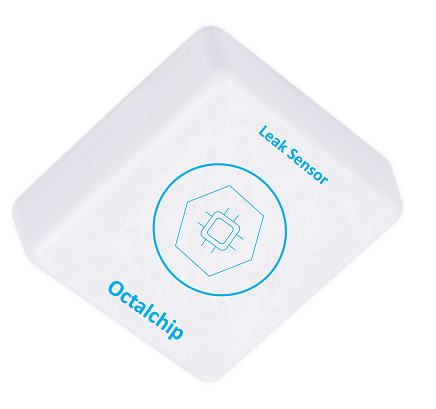Embedded hardware services refer to the design, development, and implementation of hardware systems that are integrated into other devices or products. These hardware systems are designed to perform specific functions and are typically small, lightweight, and power-efficient.
Embedded hardware services are critical to the development of a wide range of products, including consumer electronics, medical devices, automotive systems, industrial equipment, and more. These services often include hardware design, prototyping, testing, and production.
To develop effective embedded hardware solutions, it’s essential to have a team of experienced engineers and designers who are well-versed in the latest technologies and industry best practices. They should be able to work closely with clients to understand their specific needs and requirements and deliver customized solutions that meet those needs.
Key considerations in embedded hardware design include power consumption, processing capabilities, connectivity options, and form factor, among other factors. Engineers must balance these considerations to deliver a solution that is both effective and cost-efficient.
Our services in hardware design
Custom hardware solutions for embedded systems, such as microcontrollers and embedded processors, are designed and developed as part of embedded hardware design services.
These services often involve prototyping, testing of the finished product, and designing schematics and PCBs.
Because performance and dependability are crucial, embedded hardware design services are frequently employed in sectors including medical devices, automobiles, and aeronautical engineering.
Firmware creation, system integration, and testing for regulatory compliance are a few more services that suppliers of embedded hardware design services might potentially provide.
For electronics design and manufacture, we provide all-inclusive solutions, such as schematic capture, layout design, testing, fabrication, and assembly.
To make sure that your products adhere to industry standards, our staff specializes in power analysis and compliance testing.
We offer end-to-end support for all your electronic needs, from concept to production.
Our state-of-the-art in-house testing facility is equipped with advanced tools such as MDOs (Mixed Domain Oscilloscopes), oscilloscopes, RF analyzers and 8.5 digit DMMs (Digital Multimeters).
With these tools at our disposal, we are able to perform a wide range of tests and measurements to ensure the highest quality and performance of your products.
At our business, we take great pride in having a cutting-edge internal production facility for embedded hardware. As a result, we are able to completely oversee the manufacturing process and guarantee the highest standards of efficiency and quality for every product we make.
The most recent technology and machinery are used in our production facilities, including surface mount technology machines, automated assembly lines, and sophisticated testing and inspection instruments. Every product must adhere to our exacting standards of quality and performance, which are constantly being met by our team of highly trained technicians and engineers.
Processor platform that till we worked!
Microprocessor-based design is the process of developing hardware systems that utilize microprocessors or microcontrollers as the central processing unit. Microprocessors are the heart of many electronic devices, ranging from simple consumer electronics to complex industrial control systems.
Microprocessor-based design involves developing hardware systems that are optimized for the performance, power consumption, and connectivity requirements of the target application. This requires a deep understanding of microprocessor architecture and programming, as well as an ability to select the right microprocessor for the specific application.

NXP
NXP i.MX is a family of embedded processors designed for various applications, including automotive, industrial, and consumer products.These processors are built on ARM Cortex-A cores and can feature up to eight cores, offering high-performance and low-power consumption.NXP i.MX processors provide advanced multimedia capabilities, including support for multiple displays and camera inputs, making them a popular.

TI processors
The Texas Instruments Sitara family is a series of low-power, ARM-based microprocessors commonly used in industrial, consumer, and automotive applications. They offer high-performance processing capabilities with power-saving features, making them ideal for low-power devices. The Sitara family also features a wide range of peripheral options, including Ethernet, USB, and CAN, and support for multiple displays, making it an excellent choice for advanced applications.

Allwinner processors
Allwinner H3 is a low-cost, quad-core, ARM-based microprocessor commonly used in a variety of applications, including single-board computers, set-top boxes, and other low-cost embedded devices. It offers high-performance processing capabilities with low power consumption, making it an excellent choice for low-cost devices.
